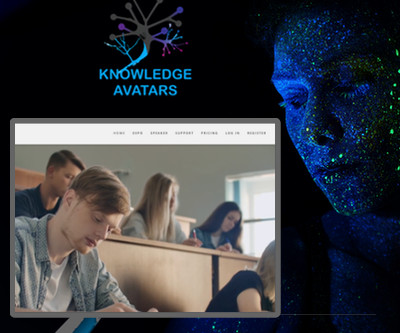Articulate Storyline: A Better Way to Screen Capture
B Online Learning
MARCH 19, 2013
One of the key features for any eLearning development tool is the ability to record, import and manipulate the real time use of any application running on the user’s desktop. This feature enables eLearning developers to directly build dynamic systems based training content that can be targeted to one or a number of audience types [.].






































Let's personalize your content